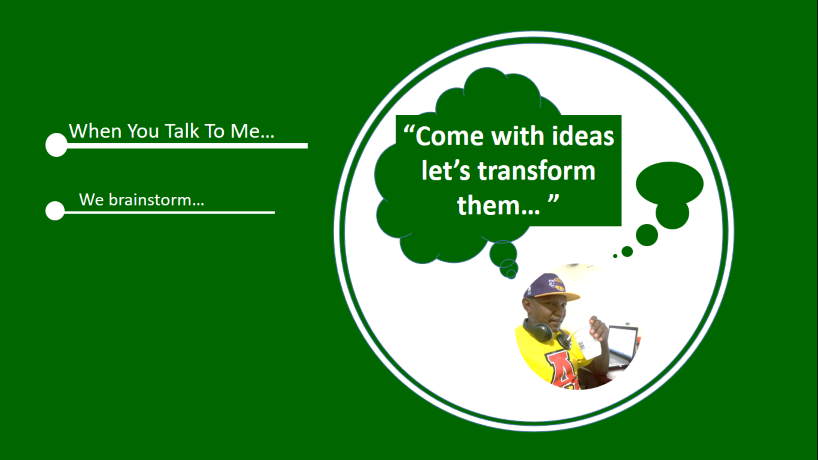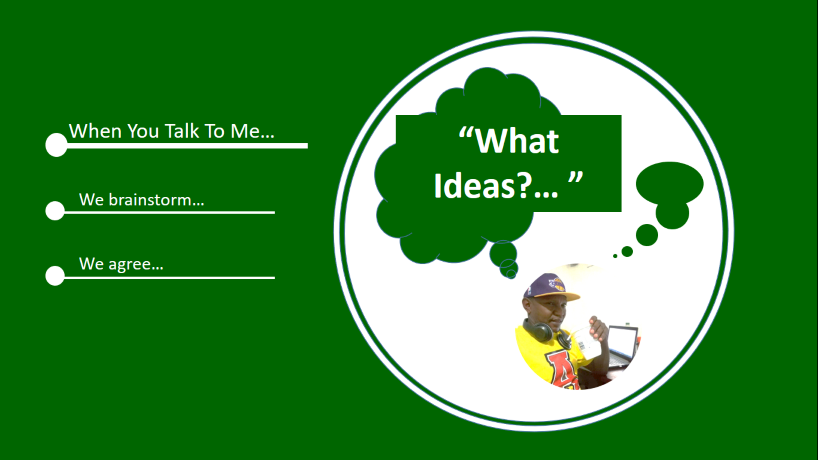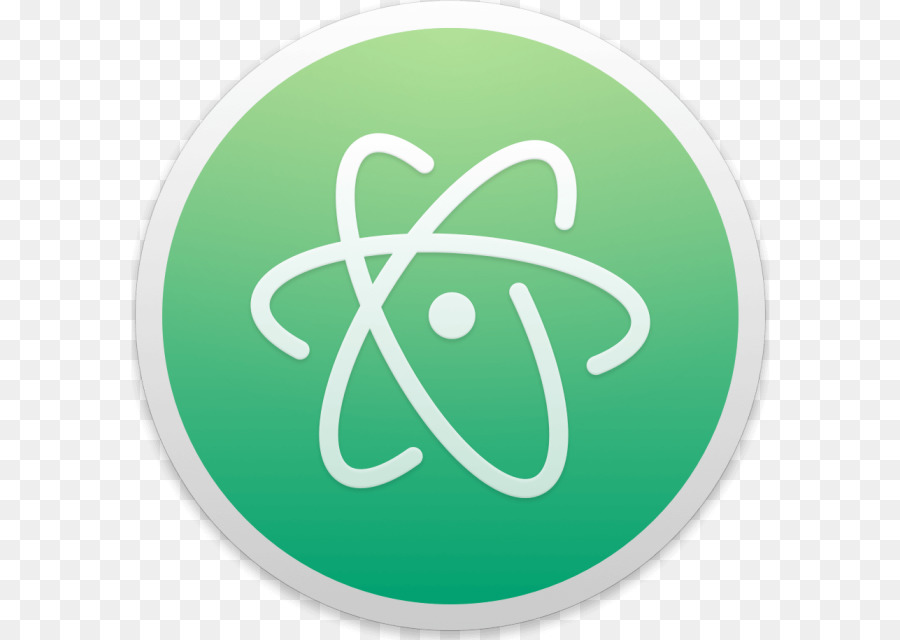







Let me first explain how you should get started with your website by registering your domain and hosting that website on your behalf.
The first thing to consider when starting your website is to choose a professional website developer with multiple years of expirience. If you already have the domain, then i can find a reliable web hosting provider that provides the web space (i.e. special computers called web servers) where your website files shall be stored, as well as the technologies and services needed for your website to be viewed on the Internet.
If you're just starting out, it's a good idea to get your domain registered and hosted from the same service provider. This will ensure your domain is seamlessly and conveniently configured with your web hosting account.
Typically there are 2 types of websites:
1.1 Static or Basic Websites: These are simple websites with one or more web pages (called HTML pages).
You can build them on your offline computer with software like Visual studio, visual studio code, Atom, Notepad ++ and then upload the pages to your host’s server using any FTP software (such as FileZilla). Whenever you need to make changes or updates to your website, you’ll need to edit the pages on your offline computer and upload them again. Since they cannot be modified dynamically, such websites are called static websites. Static websites are cheaper than dynamic websites (below) but come with limited functionality and no option for e-commerce or interactivity.
1.2 Dynamic Websites: Dynamic websites contain information that changes, depending on the time of day, the viewer and other factors. They make use of both client-side and server-side scripts to create and update content.
With Client-side scripts, run on a user’s computer, they are mainly used for appearance and interaction purposes but with Server-side scripts, which reside on a server that hosts your website and are extensively used by E-commerce and social networking sites, allow users to have individual accounts opened and provide a customized response for each user. Dynamic websites are content management system (CMS) driven, and allow you to directly add and edit content (i.e. text, design, photos, and videos), as well as let your visitors leave comments and start discussions. Dynamic websites are ideal for businesses and organizations. Examples of dynamic websites include blogs, forums, photo galleries and e-commerce sites.
 |
 |
 |
 |
 |
|---|
Unlike static HTML websites which can be hosted on most web servers, when it comes to web applications, there are basically two types of hosting platforms. Depending on your hosting needs and what you're most comfortable with, you can choose from:
2.1 Linux Hosting, These are servers that allows running scripts written in PHP, Perl, Python and other Unix-originated languages, and usually supports PostgreSQL and MySQL databases. This is the most commonly used system today.
2.2 Windows Hosting, These servers allows running ASP scripts utilizing .NET and other Microsoft technologies, and supports Microsoft SQL Server and Access database.
Typically, you will need to choose or select from a wide range of hosting services depending on your needs, such as
3.1 Shared Hosting:
3.2 VPS Hosting (Virtual Private Server Hosting):
3.3 Dedicated Hosting:
3.4 Cloud Hosting:
Therefore, after you have searched and find out that the domain name you requested doesn't exist, the service provider will give you the Domain Name Servers or DNS. This is equivalent to phone book names that you save to your phone numbers. DNS contains IP Addresses that are uniquely assigned to your server.
To get your website up and running is very simple but mandatory step for you to get started.
You will recieve instructions and credentials for setting up your website. Usualy, there are two types:-
4.1 FileZilla:
By using an FTP Client (FileZilla) you will be able to upload, download, delete, rename, move and copy files to your remote server. While FTP could be accessed via terminal, programs with a graphical user interface are preferred, and Filezilla Client represents an easy to use multiplatform solution.
FileZilla is a popular and safe FTP client. It allows you to
4.1.1 View the file structure of a web server (meaning, you will be able to see all of the files and folders on your web server, just as though you were looking at your own hard drive.)
4.2 CPanel: